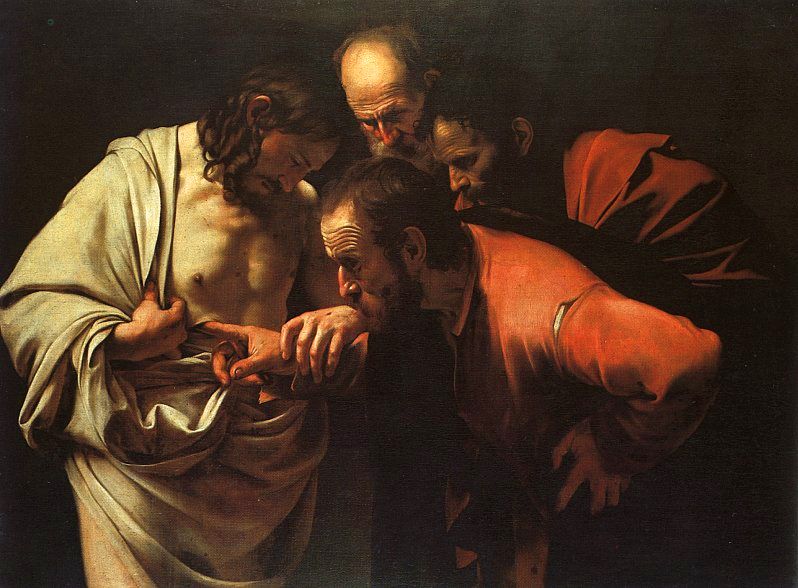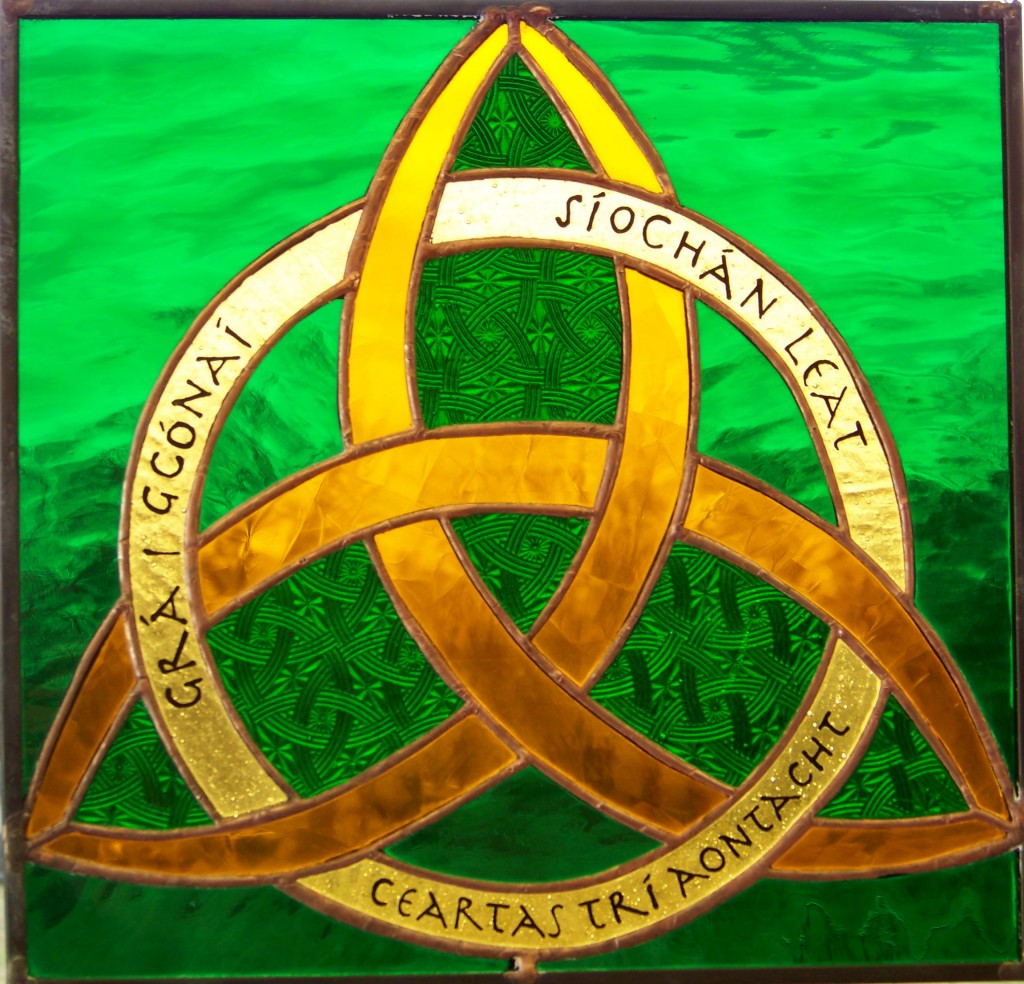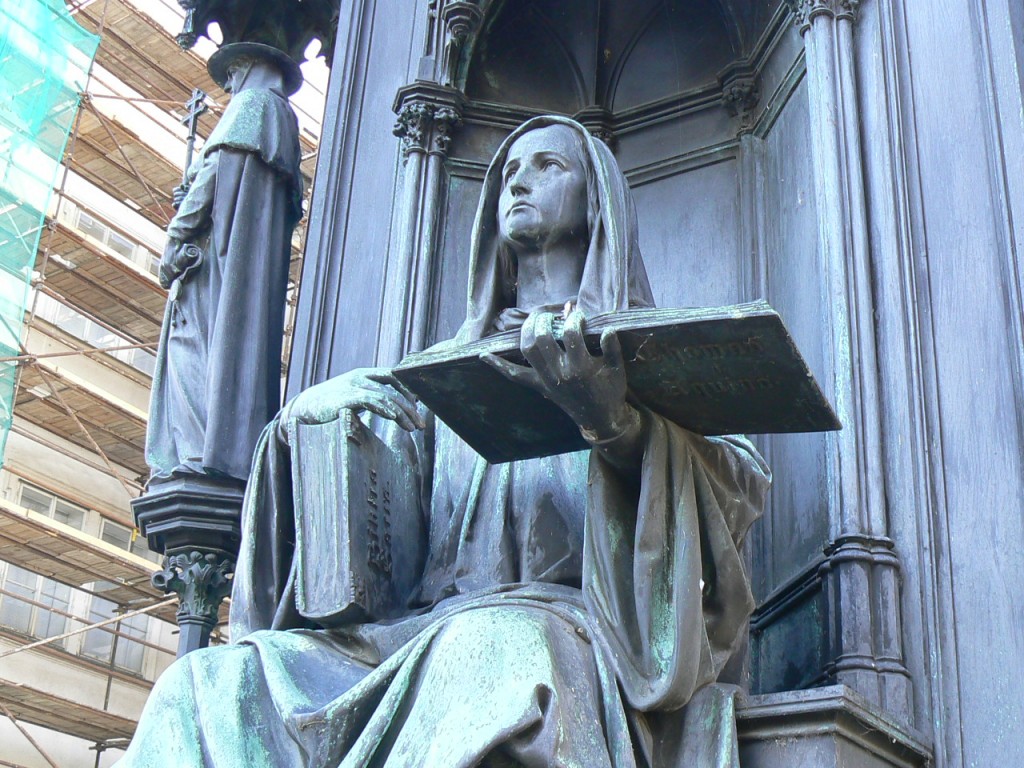
The Apostles Creed
I believe in God the Father Almighty, Maker of heaven and earth.
And in Jesus Christ, His only Son our Lord; who was conceived by the Holy Spirit, born of the virgin Mary, suffered under Pontius Pilate, was crucified, died and was buried; He descended to the dead; the third day He rose again.
He ascended into heaven, and is seated at the right hand of God the Father Almighty.
And He will come again to judge the living and the dead. We believe in the Holy Spirit; one holy church; the communion of saints; the forgiveness of sins; the resurrection of the body; and the life everlasting.

The Holy Scriptures
I recognize the inerrant authority of the 66 canonized books of Holy Scripture, and acknowledge dependence upon the Holy Spirit for their accurate interpretation and application.
We hold the Word of God (Logos) as the supreme authority in matters of faith and conduct. The Scriptures ultimate purpose is to reveal Jesus Christ to its reader, both In them and through them.
The bible is compiled historical, biographical, poetic, apocalyptic, prophetic and epistle writings, all with audience and cultural relevancy from their various eras that should be considered to understand the context.

Jesus Christ
Jesus Christ is the Word (Logos) of God. He was with God in the beginning, and He pre-existed as God. “By Him all things were created, both in the heavens and on earth” (Col. 1:16). Jesus Christ is the Purpose of God found in all of creation. Jesus is the Alpha and the Omega, the Beginning and the End. In the beginning, it was the ultimate purpose of God for all things to be summed up in Christ (Eph. 1:10).
Jesus Christ pre-existed with God and as God (John 1:1). He emptied Himself to become fully a man that He might be the expiatory sacrifice to deliver mankind from sinfulness. Jesus Christ was our vicarious man, chosen to represent all humanity, through his life, death, burial, resurrection and ascension. His life was the fulfillment of the Law and the Prophets, being the True Messiah to the nation of Israel.
Because the first man, Adam, transgressed the command of God, the process of death entered him and all of his descendants and mankind lost fellowship with God. Mankind was incapable of reversing this course of self-destruction. All men became alienated from God in their minds because of their evil behavior (Col. 1:21). But God is love and was never man’s enemy — planning from the foundation of the world to redeem humanity in the finished work of the Son.
Like Israel, he was sent to Egypt as a child (Matt. 2). Then, like Israel, he was brought back through the waters (Matt. 3). He went into the desert for temptation (Matt. 4). And then God gave the law through him (Matt. 5-7). Throughout the Book of Matthew, you see Jesus as the one true Israelite – the elect Chosen One.
He was God’s representative of the nation and therefore God’s representative choice for humanity. He was the True Light to the nations.
But He was not just any man – He is the God-Man, the incarnation of God Himself – coming to do what mankind could never do. Dying a death you could never die. Again, the vessel of honor who was also the vessel of wrath. The One in and through whom all Israel would be saved.
Through Christ’s beating at the Whipping Post all humanity was healed (1 Pet. 2:24), at the Cross all sins and blaspehemes were forgiven and taken away (Hebrews 10:10).
Through His death the Adamic race of humanity died with Him (2 Cor. 5:14, Rom. 6:6, Heb. 2:9), and by His resurrection humanity was made Spiritual Alive (Col. 2:13) and became Born again (1 Pet. 1:3) as One New Man, no longer Jew or Gentile (Eph. 2:15). Ultimately humanity Ascended with Him when he rose to the Father and sat at the right hand of God, where we are presently seated (Ephesians 2:6).
From God’s perspective, humanity is now forgiven, cleansed and reconciled to God. We part-take of these benefits by faith, but our faith does not makes these things true, they are already objectively true for all humanity.
Faith is the means by which we agree with what is already true, to make them our subjective reality that leads to eternal life and salvation. We the “Church” are those who now actively partake in this forgiveness and remission of sins, living in fellowship with God, thanks to the faithfulness of Jesus Christ.
“There is one God, and one mediator also between God and men, the man Christ Jesus” (I Timothy 2:5). There is only one avenue of fellowship with God, which is Jesus Christ. Jesus Christ is the covenental relationship between God and man.
The resurrection of Jesus’ physical body after His crucifixion was literal, as will be the resurrection of all mankind. We believe in a literal return, a second coming of Christ.

The Father
I believe in a loving Father, manifest through the Son in the power of the Holy Spirit. The death of Christ was required to save us from sin and death, not from a vengeful father. The Father did not need to be conditioned to love mankind or to be gracious to man. God is only capable of love. Even His wrath is an extension of His love, opposing every obstacle to love. The death of Christ was not appeasing an angry Father.
The Son came not to purchase the Father’s love for the world, but as an expression of His love for the world. The cross was to change humanity; the Father did not require changing. The Father was not forsaking the Son on the cross, but Christ was experiencing humanity’s blindness to the Father’s love on the cross — fully empathizing with the human condition and destroying man’s alienation and depravity in His own servant body.
The Father did not turn His back on the Son nor to anyone. The Father was in Christ, reconciling the cosmos to Himself (2 Cor. 5:19). To see Jesus is to see the full expression of the love of the entire Trinity. Jesus is a perfect representation of the Father’s love. We believe that our Father has always been for all of mankind and that His desire is that none would perish.

Holy Spirit
I believe in a continual revealing (baptism, immersion, outpouring) of the indwelling Spirit and the accompanying gifts, power to witness, graces and fruit of the Spirit. I accept, acknowledge and encourage all of the biblical gifts and ministries of the Holy Spirit as present and vital for the church to accomplish her full purpose today.
I believe Holy Spirit reveals Jesus. The Spirit does not come in response to man’s efforts or requests, but has come to us completely through the finished work of the cross. By our union with Christ, we have received the fullness of His Spirit, despite man’s lack of awareness or experience of that (Col. 2:10).
I believe that physical, emotional and spiritual healing are all available through the person and work of Jesus Christ on the cross revealed by the power of Holy Spirit.
I believe in the present-day operation of the miraculous in the church today and that supernatural Christianity is normative Christianity.
I believe that the kingdom of God is not a matter of talk, but of power (1 Cor.4:20). I believe in the person of Holy Spirit, worthy of worship in equal stature with Father and Son in the Godhead, yet never separate. He is our intimate bond of love, not a mere tool of empowerment.

The Trinity
God is three persons, inseparable yet distinct. The doctrine of the Trinity means means God is not alone.
Within the being of God is a relationship — three persons in a mutual union of love without loss of personal distinction. Anything less than “one” negates the depth and closeness of their communion.
The Father does not become the Son or Spirit and the Son and Spirit do not become one another or the Father. It is a relationship of oneness, but not of absorption.

Trinitarian Theology
Trinitarian theology is a way of doing systematic theology that understands the Trinity to be the foundational doctrine that permeates all areas of theology as opposed to one point of doctrine in systematics.
Although trinitarian theology as such has been present throughout the history of the church, being represented by such as the Cappadocian Fathers, it has had a renaissance starting in the 20th century. It is also known as affective theology or a theology of the affections in that it concerns itself with one’s relationship with God based not on the mind or the will but on the hear.
Historically, Trinitarian theology formed the basis of Christian teaching. This is reflected in the early Christian creeds. Early prominent Trinitarian teachers and theologians included Irenaeus, Athanasius and Gregory of Nazianzus. Some of my favorite Trinitarian writers are C.S. Lewis, Fr. Robert Capon, C. Baxter Kruger and perhaps the most prominent theologian of the 20th century, Karl Barth.
Irenaeus (died A.D. 202) was a disciple of Polycarp (who had studied with the apostle John). Irenaeus sought to show that the gospel of salvation taught by the apostles and handed down from them is centered on Jesus. He saw that the Bible presents the Incarnation as a new point of beginning for humanity (see Ephesians 1:9-10, 20-23). Through the Incarnation, the entire human race was “born again” in Jesus. In Jesus, humanity has a new beginning and a new identity.
The biblical foundation of Irenaeus’ thinking included Paul’s statements in Romans 5, where Jesus is presented to us as the “second” (or “final”) Adam of the human race. “In Jesus,” wrote Irenaeus, “God recapitulated in Himself the ancient formation of man [Adam], that He might kill sin, deprive death of its power, and vivify man…” (Against Heresies, III.18.7).
Irenaeus understood that Jesus took all humanity into Himself and renewed the human race through his vicarious (representative and substitutionary) life, death, resurrection and ascension.
Irenaeus taught that this renewing, or re-creating, of the human race in Jesus through the Incarnation is not merely a work done “by” Jesus. Rather, our salvation involves much more than just the forgiveness of our sins. It means our entire re-creation “in” and “through” Jesus.
Athanasius (died A.D. 373) defended the gospel against false teachers (including Arius) who denied the Son’s eternal divinity. This defense led to the formulation of the doctrine of the Trinity affirmed at the Council of Nicea in A.D. 325. In his treatise On the Incarnation, section 20, Athanasius wrote the following:
Thus, taking a body like our own, because all our bodies were liable to the corruption of death, He surrendered His body to death in the place of all, and offered it to the Father. This He did out of sheer love for us, so that in His death all might die…. This He did that He might turn again to incorruption men who had turned back to corruption, and make them alive through death by the appropriation of His body and by the grace of His resurrection…
What then was God to do? What else could He possibly do, being God, but renew His Image in mankind, so that through it men might once more come to know Him? And how could this be done, save by the coming of the very Image Himself, our Savior Jesus Christ? … The Word of God came in His own Person, because it was He alone, the Image of the Father, Who could recreate man made after the Image. Thus it happened that two opposite marvels took place at once: the death of all was consummated in the Lord’s body; yet because the Word was in it, death and corruption were in the same act utterly abolished. Death there had to be, and death for all, so that the due of all might be paid. Wherefore the Word … being Himself incapable of death, assumed a mortal body, that He might offer it as his own in the place of all, and suffering for the sake of all through His union with it, “might bring to naught him that had the power over death, that is, the devil, and might deliver them who all their lifetime were enslaved by the fear of death” (Hebrews 2:14-15). By his death salvation has come to all men, and all creation has been redeemed.
Both Athanasius and Irenaeus emphasized the vicarious nature of the humanity Jesus assumed in his Incarnation. Only through the birth, life, sacrificial death and resurrection of the Incarnate Son of God could God save humanity. This is the essence of the gospel understood by the early church and revealed in the Scriptures.
Gregory of Nazianzus (died A.D. 389) wrote of Jesus’ assumption of our broken humanity through his Incarnation:
If anyone has put his trust in Him [Jesus] as a Man without a human mind, such a person is bereft of mind … for that which He has not assumed He has not healed; but that which is united to His Godhead is also saved. If only half Adam fell, then that which Christ assumes and saves may be half also; but if the whole of his nature fell, it must be united to the whole nature of Him that was begotten, and so be saved as a whole… (Epistle 101).
Contemporary Trinitarian theologians
In the 20th century, Trinitarian theology was advanced in the West largely through the work of Karl Barth and his students, including three brothers: Thomas F. Torrance, James B. Torrance and David Torrance, and their students.
In the 21st century, there are hundreds of Trinitarian theologians scattered among many denominations, including Ray Anderson, Elmer Colyer, Michael Jinkins, C. Baxter Kruger, Alan Torrance, Trevor Hart and the late Colin Gunton.

Amen Brother, keep up the great work as we are entering into another great Reformation with our Father, Jesus and Holy Spirit in us , to share their love and life with us.